Cordyline banksii ‘Electric Star’
Electric Star Cordyline
A very popular shrub, grown for its striped green and chocolate coloured leaves. An ideal addition to patios, formal gardens and Mediterranean gardens.
In summer, the Electric Star Cordyline is producing panicles of creamy white flowers.
Want to be notified when this product is back in stock?
1 other customer is also waiting for this plant.
Origin: horticultural hybrid
Genus: Cordyline
Species / Cultivar: banksii var. 'Electric star'
Common Name: Electric Star Cordyline
Soil: Well drained
Soil that does not show much signs of moisture, either visibly or when handled.
Growth Rate: Medium
Expect to see moderate growth during growing season.
Water Requirement: Medium
Once it is established, this plant is likely to only require watering during drier periods.
Maintenance: Low
Minimal skill or input needed beyond the basics, a very independent plant.
Situation: Full Sun to Part Shade
Enjoys direct sun most of the day, but tolerant of fewer sunlit hours or light dappling.
Eventual Height: 1.5m
The plant's ultimate height in typical growing conditions.
Eventual Spread: 1m
The plant's ultimate spread in typical growing conditions.
Hardiness: Fully Hardy
Will survive unprotected outdoors in most areas of the UK, even in the harshest winters.
Habit: Evergreen
Always in leaf throughout the year. It won't lose all its leaves at any one time.
Lifecycle: Perennial
This plant is persistant and does not die off after flowering. It will return each season indefinitely, if provided with suitable growing conditions.
Expert Tip
Use in planters and sunny borders to add an accent of colour in between low growing, ground cover plants.
Care & Size Guidance
It can cope with drought for a short time, however it’s best to mulch the ground around the plant with grit or bark chips to maintain moisture in the ground.
It may require some protection from frost with a horticultural fleece. In early spring, the dead leaves can be removed by cutting them as close as possible to the ground.
When kept in planters, avoid overwatering as this will lead to root rot and fungal diseases.
![CIT-2[1]](https://palmcentre.co.uk/wp-content/uploads/2022/03/CIT-21.jpg)
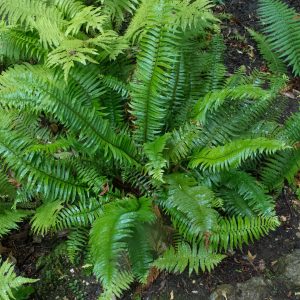
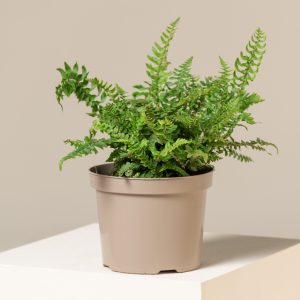
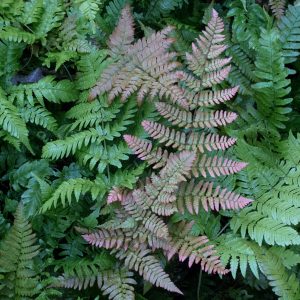
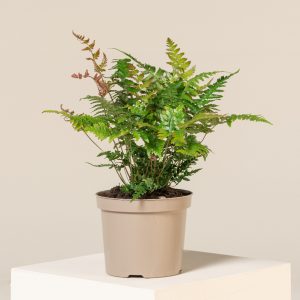
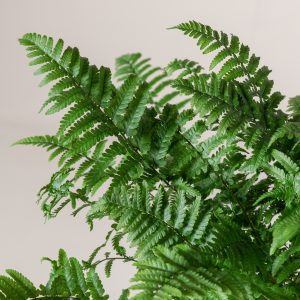
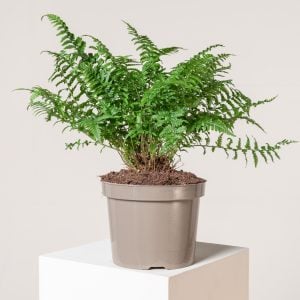
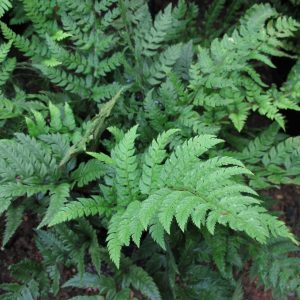
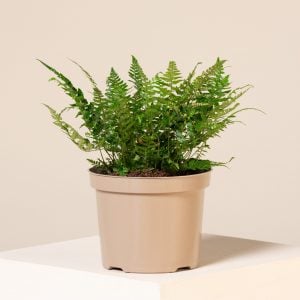



Reviews
There are no reviews yet.